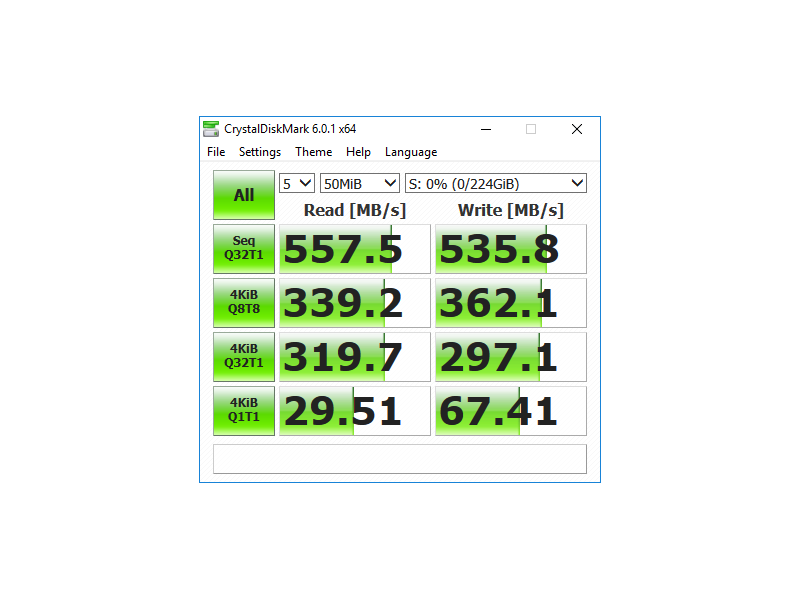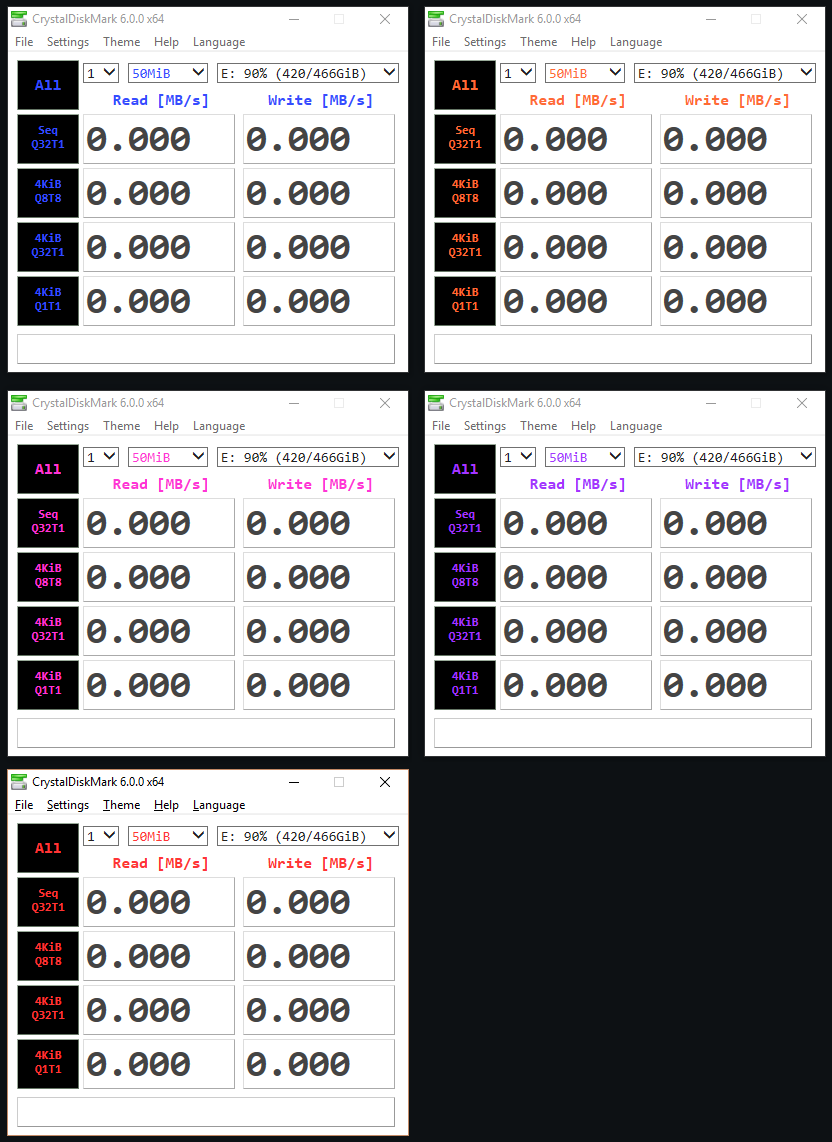
Timing buffered disk reads: 276 MB in 3.02 seconds = 91.37 MB/sec This will become relevant once we discuss some of the tools below.Īrmed with this information, it’s now easy to run a basic disk performance check against this drive using hdparm: As this partition is in use, we will not be able to have exclusive access or unmounted access to it. Here we have an NVMe drive which hosts 3 partitions ( p1, p2, p3) and the first two are small boot partitions and the third one is our main data partition. Logically the partition is slightly smaller then the total disk size due to alignment/reserved space for the partition table etc.įinally, if you have other types of storage/disk devices, for example a NVMe drive, then this may show for example as: You can see how it has the disk ( /dev/sdc – indicated by ‘disk’), and the first partition ( /dev/sdc1 – indicated by ‘part’). according to drives detected during startup and/or inserted), we also know where the device file descriptor for this device is located (it’s always in /dev):Īlso, if there were already partitions on the drive, it would show differently, like this: Now that we know that our new drive is labelled sdc (Linux uses sda, sdb, sdc etc. The easiest way to locate a specific volume, for example a flash drive just inserted, is to look for a size which approximately matches the size of the disk inserted. When you execute lsblk for the first time, you will want to take some time looking at the various drives available. Some SD manufacturers even include the size of a reserved special area for wear leveling on the SD card as main disk space, yet such space is not accessible to the user, and you may end with for example only 115G showing as usable. So when you buy that next drive, read the fine print on the back and check whether they use the “1000” bytes per KiloByte or the “1024” bytes per Kibibyte standard. We can see in this case this works out near perfectly when we look at the byte based size:Īnd 119.3 (as reported by lsblk) = 119.3 x 1073700000 = 128092410000. This is because lsblk will give you the result in Gibibyte ( 1 Gibibyte = 1073700000 bytes) whereas drive manufactures sell their drives using the “Gigabyte” standard (a Gigabyte = 1000000000 bytes). It is not uncommon for a 128GB drive to show as only ~115-120G in lsblk. This drive is marketed as 128GB, and it’s a major brand. do a listing similar to ls (‘directory listing’) on all bulk (blk) volumes.Īs you can see, there is a 119.3G drive available. Here we are executing lsblk: you can read this as ls blk: i.e. Next, navigate to your terminal/command prompt (On Ubuntuįor example you can do this by simply clicking Activities at the top left of the screen > type Terminal and click the Terminal icon). For USB memory stick/flash drives, simply insert them via a USB port to your computer. For SD cards, you will usually use a SD card reader which you can insert via a USB port to your computer. If it is a SSD (Solid State Drive) or HDD (Hard Disk Drive), you will want to shutdown your computer, insert the drive and reboot the system. To start, plug your drive into your machine.
CRYSTAL DISKMARK INSTALL DIRECTORY HOW TO
How to benchmark Disk performance on Linux – CLI Tools $ – requires given linux commands to be executed as a regular non-privileged user

# – requires given linux commands to be executed with root privileges either directly as a root user or by use of sudo command Privileged access to your Linux system as root or via the sudo command.

CRYSTAL DISKMARK INSTALL DIRECTORY SOFTWARE
Requirements, Conventions or Software Version Used How to benchmark Disk performance on Linux Software Requirements and Conventions Used Software Requirements and Linux Command Line Conventions Category


 0 kommentar(er)
0 kommentar(er)
